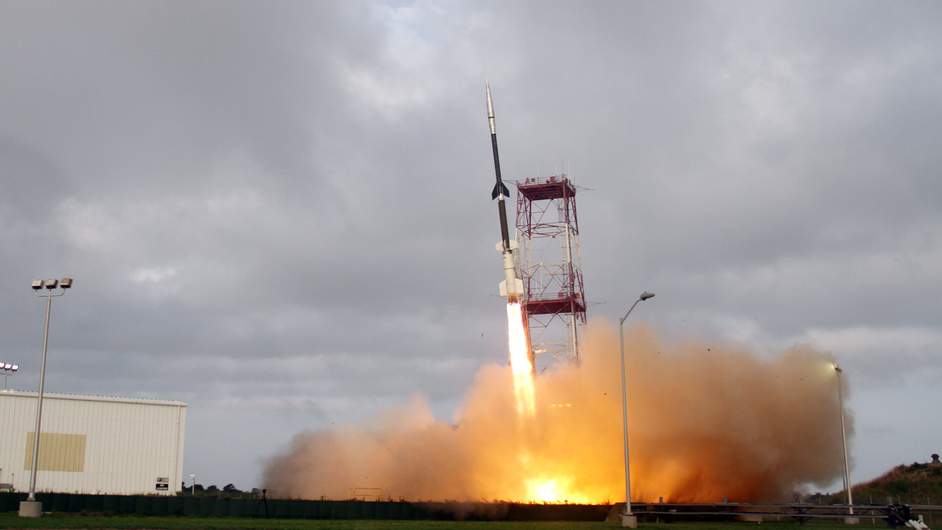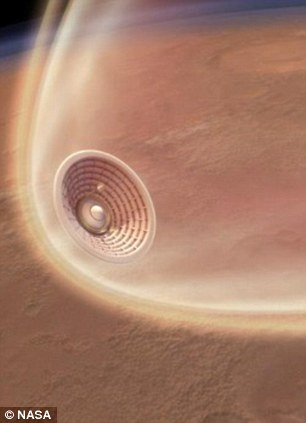NASA's Inflatable Heat Shield Passes Its Biggest Test Yet

Having travelled to a distance some 450 kilometres above the Atlantic Ocean and outside of Earth's atmosphere, before detaching from its launch rocket, inflating itself with nitrogen and proceeding to fall through Earth's atmosphere at hypersonic speeds, NASA's test of the latest iteration of inflatable heat shield has been a huge success.
Launched by sounding rocket from the space agency's Wallops Flight Facility on Wallops Island, Virginia, the test lasted just over 20 minutes but is telling of the tremendous strides NASA has made in developing a spacecraft which uses an inflatable heat shield to slow and protect itself as it re-enters the planet's atmosphere at speeds reaching 7,600mph.
 The latest test is actually the third in the Inflatable Reentry Vehicle Experiment (IRVE) series and has been three years in the pipeline for a team of NASA engineers and technicians. Consisting of a cone of deflated rings and coming in at 10-foot in diameter when deployed, the IRVE-3 is made up of high tech fabric – seven giant, braided Kevlar rings “stacked and lashed together” to be precise, as NASA details – and covered by a thermal blanket made up of heat resistant materials. Inflated with nitrogen around six minutes into the flight as planned and expanding into its familiar 10-foot mushroom shape for the scorching re-entry, NASA went on to report with evidence from the four on-board cameras that the 680-pound heat shield kept its shape throughout the flight.
The latest test is actually the third in the Inflatable Reentry Vehicle Experiment (IRVE) series and has been three years in the pipeline for a team of NASA engineers and technicians. Consisting of a cone of deflated rings and coming in at 10-foot in diameter when deployed, the IRVE-3 is made up of high tech fabric – seven giant, braided Kevlar rings “stacked and lashed together” to be precise, as NASA details – and covered by a thermal blanket made up of heat resistant materials. Inflated with nitrogen around six minutes into the flight as planned and expanding into its familiar 10-foot mushroom shape for the scorching re-entry, NASA went on to report with evidence from the four on-board cameras that the 680-pound heat shield kept its shape throughout the flight.
Though the craft is the same size as the IRVE-2 tested three years earlier, this latest test was conducted with a heavier payload and was subjected to a temperature more in-keeping with a typical re-entry. Still, there's a long way to go. Lesa Roe, director of NASA's Langley Research Center, says “We are pushing the boundaries. We look forward to future test launches of even bigger inflatable aeroshells.”
Richard Birkett
Source: NASA